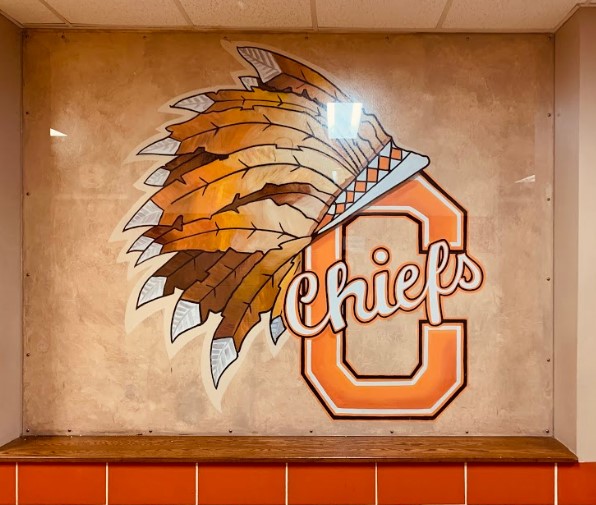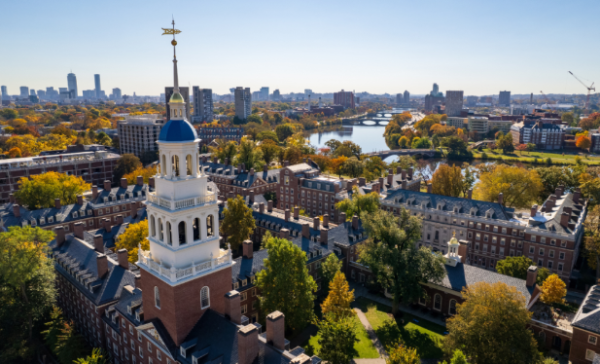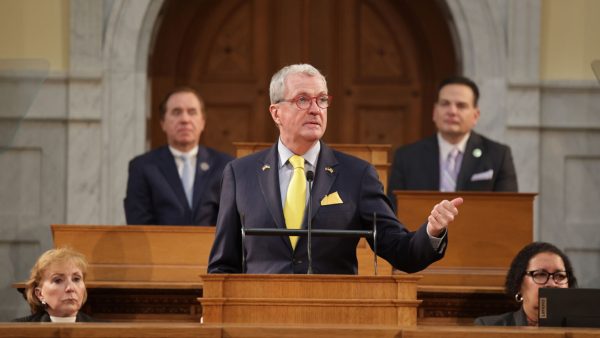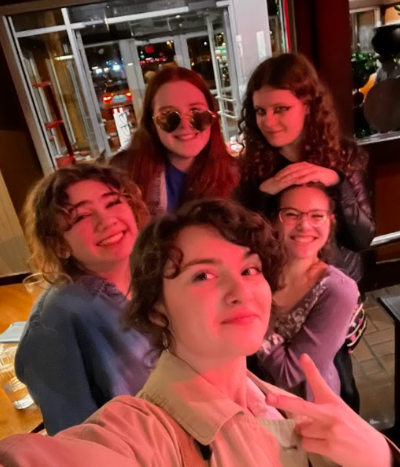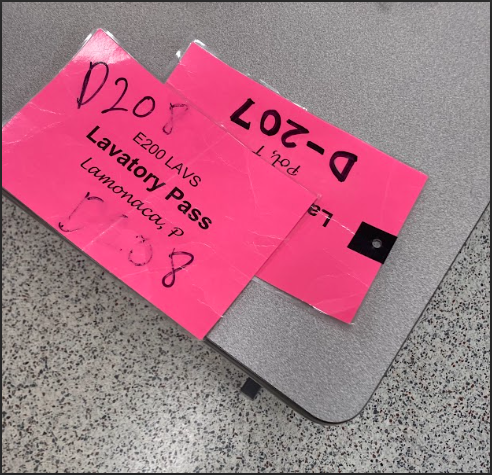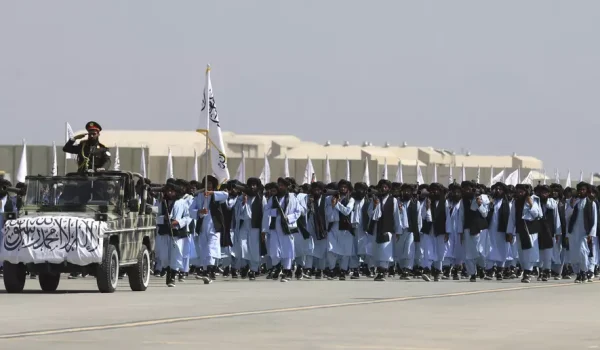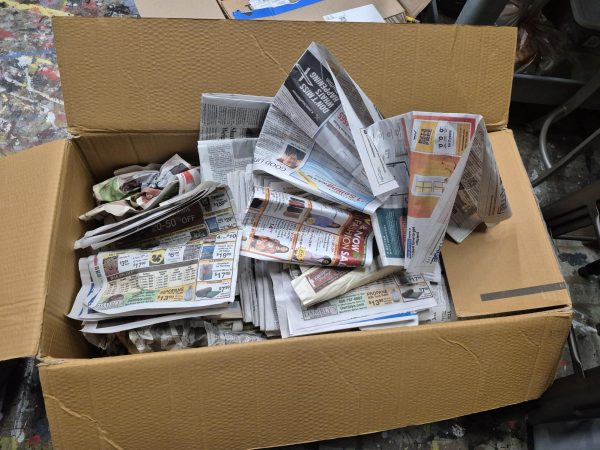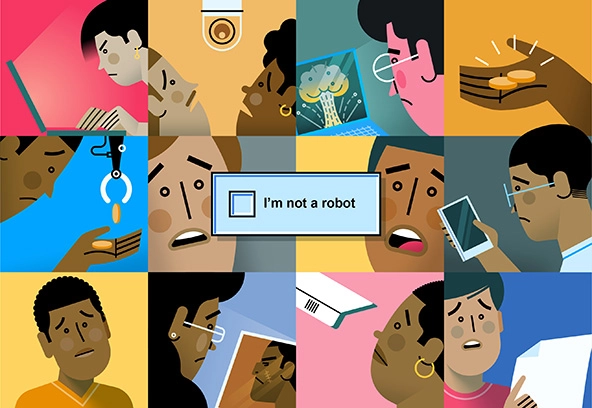Rethinking the Chief
Symbols are powerful. They represent ideas, people, and values. Sometimes symbols give people and groups an identity, but it doesn’t work that way. People give symbols their meaning that then show the identity of groups or movements. The identity of a group is defined by the actions and beliefs of the people in the group, not by the images used to represent the group. If the need arises, these symbols can be changed. Some symbols might be outdated or represent intolerance. Regardless, symbols can influence how entire societies see groups of people.
The Cherokee Chief, the symbol of Cherokee High School, needs to be changed.
Some say that the goal of the mascot is to honor the Cherokee tribe. Yet, these mascots are not seen as a sign of respect. The Association on American Indian Affairs is a non-profit group that protects the culture and welfare of Native Americans. They said, “The Association on American Indian Affairs does not condone the use of Native American people or culture as a school/sports team mascot. Native people and their culture are not a costume or mascot.” Native American organizations view these mascots as a mockery of their culture. This issue has even been brought to the attention of state legislatures. In 2017, lawmakers in Massachusetts debated a bill to make Native American school mascots illegal without the consent of the tribe or native people. Furthermore, in May of this year, Maine banned Native American mascots. Members of tribal communities spoke out against these mascots and lawmakers listened. Native American people do not see these mascots as respectful and want them to be changed. We need to listen.
To put this in perspective, if our mascot was a person of any other minority, it would be unacceptable. If a school’s mascot was an Asian person or an African-American person, it would be seen as dehumanizing because many people in these minorities have faced systematic discrimination and prejudice for years. For example, African-American people were enslaved, segregated, and were discriminated against. It would be wrong to take a caricature of these groups and make them into mascots for school or sports teams. This debate wouldn’t even be happening. But, for some strange reason, a Native American mascot is viewed as acceptable.
These mascots have consequences. Native American mascots perpetuate stereotypes about Native people and make their cultures into a costume. According to the National Congress of Indian Americans, these mascots, “perpetuate negative stereotypes of America’s first peoples, and contribute to a disregard for the personhood of Native peoples.” They also “have serious psychological, social and cultural consequences for Native Americans, especially Native youth.” There are some examples that hit close to home; at Cherokee football games, it’s normal to see a few people wearing headdresses. Oftentimes, one of the cheerleaders will wear one. In native tribes, men must earn the right to wear them and they are often worn only for ceremonial occasions. Nobody had to earn the right to wear these headdresses at football games. People wear them because of our mascot. These mascots are treating whole cultures like they are costumes.
In addition to that, the American Psychological Association called for the immediate retirement of Native American school mascots. These mascots can make people in communities with small native populations view native people in a negative light. In addition, these mascots can actually affect Native American people’s perceptions of themselves and their cultures. According to Stephanie Fryberg, PhD, “American Indian mascots are harmful not only because they are often negative, but because they remind American Indians of the limited ways in which others see them. This in turn restricts the number of ways American Indians can see themselves.” These mascots can create very serious and very real issues for many people. They create negative views towards native people.
Changing the mascot could potentially cost a lot of money. Murals would need to be repainted and athletic uniforms would need to be changed. All of these things take time. This change would have to be done over the course of a few years, but just because the mascot would be hard to change doesn’t mean we should do nothing. It is our duty as a civilized society to do the right thing, even if it takes a long time or costs a lot of money.
The Cherokee mascot no longer reflects the values and attitudes of Cherokee High School. We need a new mascot that represents our values.
There are a few active petitions regarding this issue. One is to change the mascot and another one is to change the murals of the mascot, including repainting the mural in the north gym. This mural does not reflect the values of Cherokee High School and would be repainted by art students.
Change starts with us. Changing one symbol would make a large impact in our community. Changing the Cherokee mascot is a necessary change.


